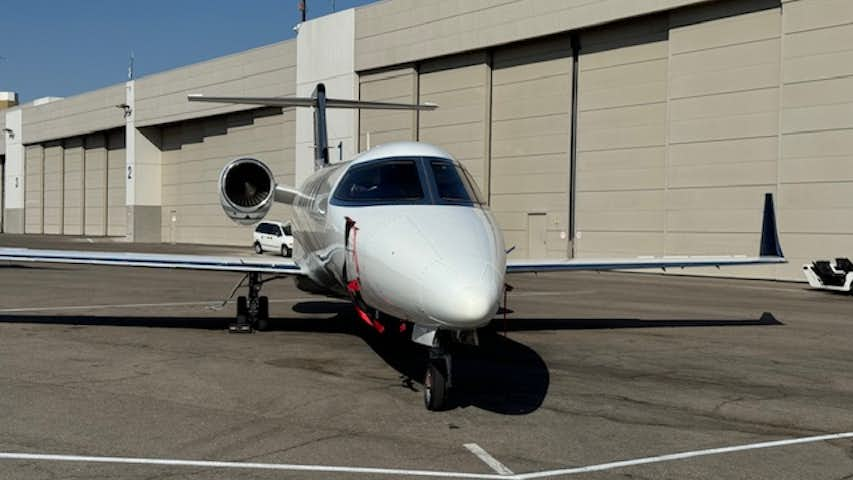

Statistics from three different researchers and the U.S. Transport Security Administration (TSA) will again give folks from the private jet side of the aviation business some reason to have pleasant dreams. Or at least blot out recent nightmares.
We are already seeing a significant number of new users migrating to a wide range of business aviation options, such as jet cards, charter, fractional, and even outright ownership.
– Neil Book, president and CEO, JSSI
In just-released data this morning, WingX said business aviation flights in its weekly Global Market Tracker averaged 6,600 for the period ending May 19. That represents an increase of nearly 40% from the beginning of the month and 78% from mid-April lows.
On the fractional side in North America, Argus numbers show an upward climb as well. After a 60-day swoon, since May 14 fractional departures have cleared the 500-flight mark on six consecutive days. On three of those days, flight activity recovered to more than 50% of levels from the same period last year.
At the low point on April 7 there were just 141 fractional fleet flights. NetJets along with Directional Aviation’s Flexjet and Flight Options represent 85% of the market.
At the same time, TSA data shows the number of airline passengers passing through its checkpoints during the first 19 days of May 92% below 2019 levels. In April, year-over-year airline passenger traffic fell by 95%.
In its weekly update, WingX said North American, representing 80% of activity, was trending 55% below normal. The European area is down by 62% this month but realized the strongest regional recovery in the last two weeks.
Flight activity in Oceania is down just 31% this month. South America has hovered at 35% below normal in May. Business aviation activity in Asia and Africa is down just over 50% so far this month.
“The improvement in daily activity levels is encouraging, as is the higher fleet employment, but it’s too early to see if this demand is resilient, or simply reflects the slight relaxation in government lockdown,” noted WingX managing director Richard Koe.
He added, “The trajectory of virus suppression policy seems to indicate that international and especially intercontinental travel will be slowest to recover. This will exaggerate the importance of the already dominant U.S. business aviation market.”
Separately, the JSSI Business Aviation Index, based on 2,000 business aircraft, including private jets, turboprops, and helicopters, showed during April large and new aircraft were most impacted by the Covid-19 crisis.
Flights on the large cabin private jets it tracks were off 88% last month. Small aircraft flying fell just 70%. Helicopters fared best, down 55%.
Flight hours on the big private jets averaged just 3.7 hours per aircraft in April. The category, which includes Gulfstream’s G650 and Bombardier’s Global Express family. They typically average between 28 and 33 flight hours per month, according to JSSI.
New private jets, helicopters, and turboprops spent the most time on the ground last month. Activity for aircraft five years old or less was off by 87%.
The most modern part of the fleet typically had the highest utilization rate. Monthly averages ranged from 33 to 39 hours per aircraft basis prior to the pandemic.
Neil Book, president and CEO of JSSI, said, “The largest demographic of business jet owners are males over the age of 60, who fall into a high-risk category for COVID-19. I’ve had extensive conversations with clients who’ve said they are going to significantly reduce their flying because they simply will not be attending conferences or staying at hotels at least for now.”
At the same time, he added, “We are already seeing a significant number of new users migrating to a wide range of business aviation options, such as jet card, charter, fractional and even outright ownership. For many businesses and individuals with the resources, the health risks associated with walking through a commercial airport with thousands of people and getting onto a commercial flight is simply too great.”